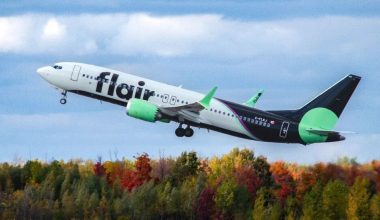The aerospace industry is extensive and consists of the production of all aircraft and spacecraft, however, it does not include space-related services such as telecommunications. Although the definition of the aerospace industry excludes such services, they do form part of the bigger picture and may be included as inputs that are reflected in reports on aerospace. The industry is one that plays a crucial role in travel and transportation, particularly as it relates to airports and air travel. The aerospace industry also contributes significantly to other industries, as it forms part of the logistics and transportation of materials and inputs required for final goods in other sectors. The primary operating expense for contractors in both the Aerospace and Defense market is procurement of materials, as well as products and that is where they turn to Galorath.com for internal estimating solutions.
In 2020, not only were many companies restricted in their operations, but there were also travel restrictions imposed across the world. As such, the aerospace industry took a knock and was severely impacted by the limitations. Other than the actual production of aircraft and spacecraft, maintenance and other auxiliary services also faced setbacks because there was minimal demand for such during 2020.

North America was noted as the largest region in the aerospace market in 2020, accounting for approximately 49.7% of the market. Amongst some of the fastest-growing regions in the market is Eastern Europe, which could encourage CFD trading within the industry. CFD (contract for difference) trading is the speculative trading on the underlying price of an asset. In 2016 already, analysts projected growth in the global trading market in the aerospace and defence industries, which has been proven true.
Industry projections
Although the industry was amongst the hardest-hit by the global conditions of 2020, the market is expected to grow at a compound annual growth rate of 5.9% between 2025 and 2030. This is a more positive outlook compared to the decrease recorded between 2015 and 2020. The projections are based on the growing demand for the commercial use of drones, emerging economies and rapid advances in technology. These are some of the key factors that are expected to contribute to the anticipated growth of the industry. On the other hand, there are some possible threats that have been highlighted, namely high exchange rate fluctuations and political uncertainties, with the latter being a constant threat across all industries.
In particular, the commercial aircraft market segment is expected to gain $102.6 billion of global annual sales by 2023. Additionally, the satellites market segment is also expected to gain some $3.6 billion of global sales by the same year. Some of the other top opportunities within the aerospace industry are projected to arise in the narrow-body segment, private sector segment, as well as the in the manual segment. As is the case in most other industries, the USA is also set to be an active player within the sector. According to reports and writings on the matter, the aerospace market size is projected to gain the most in the USA, with a forecast of $56.95 billion. Given the evident demand for technological advances in air travel and the convenience it provides, the future of aerospace is a lot more promising than most other industries.








